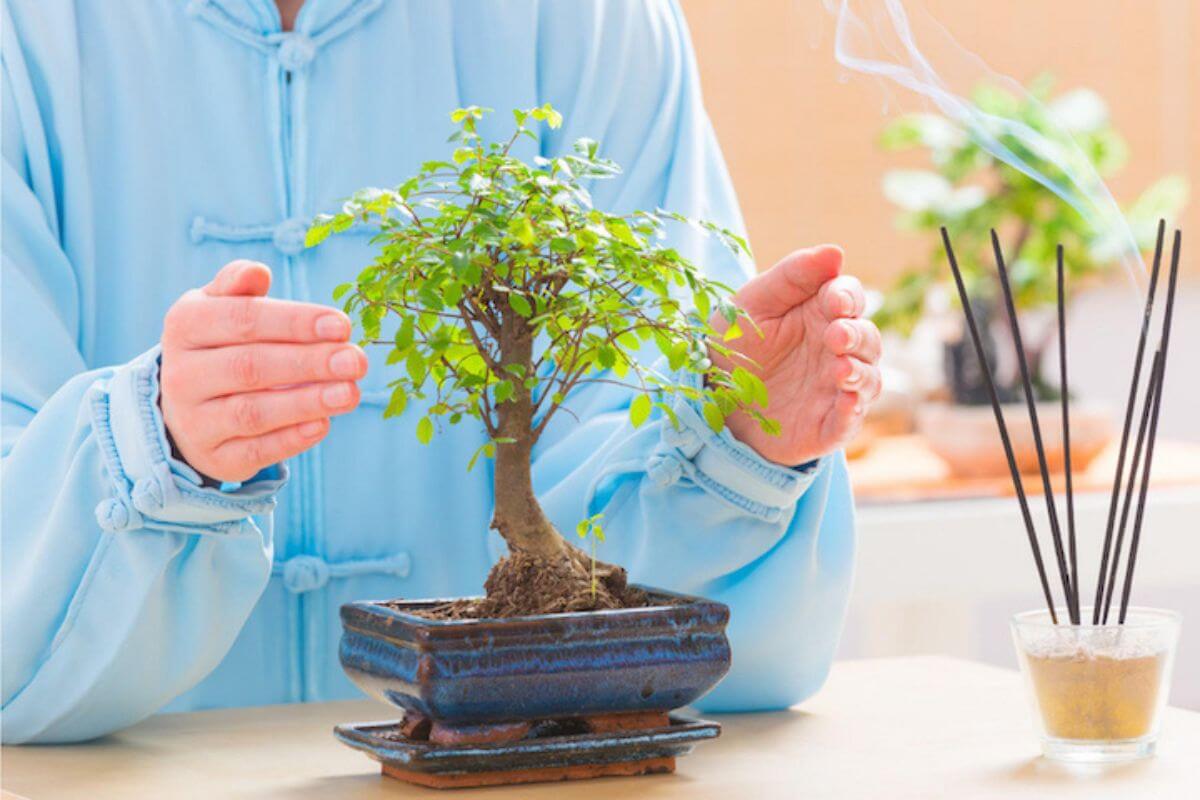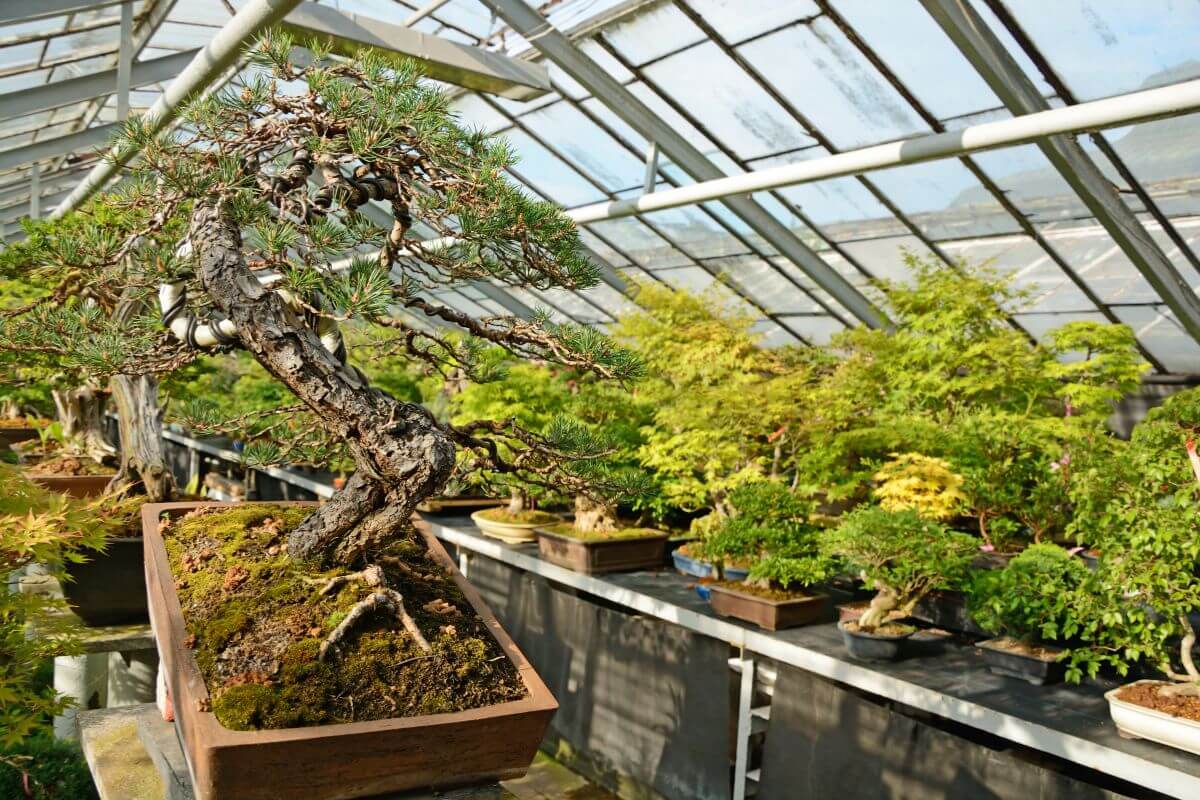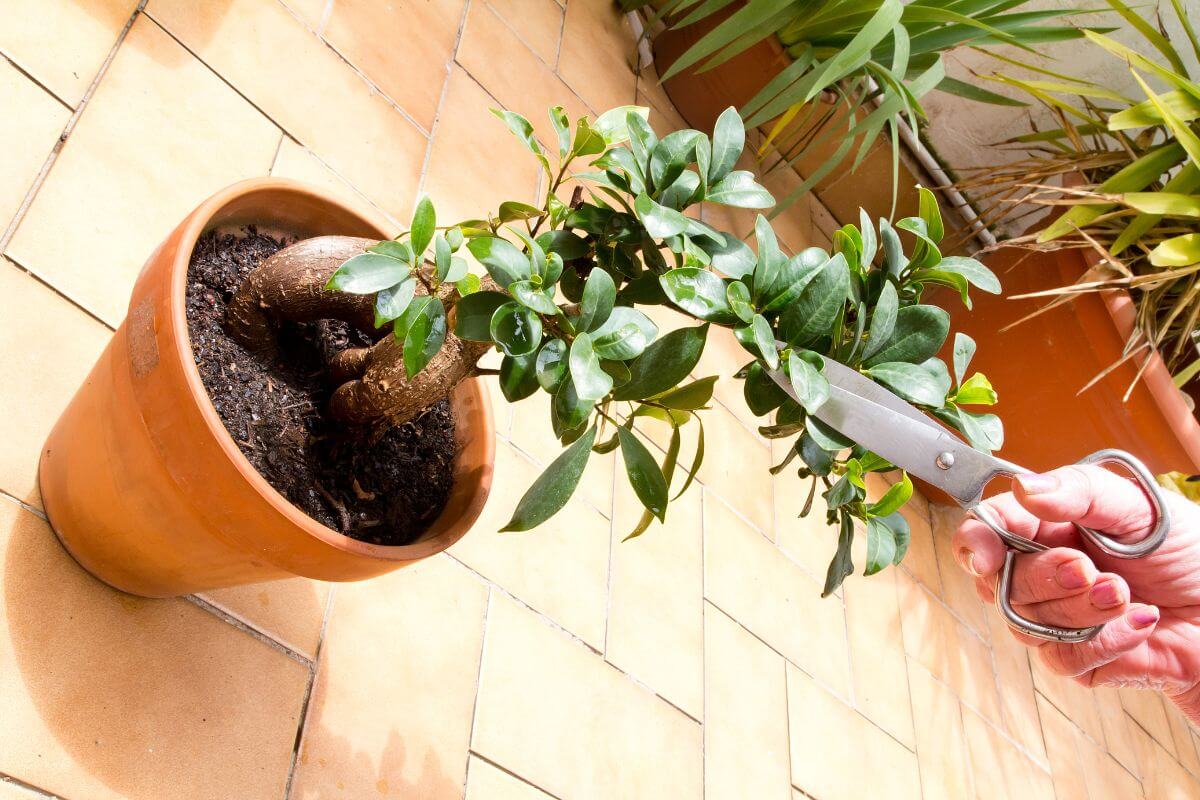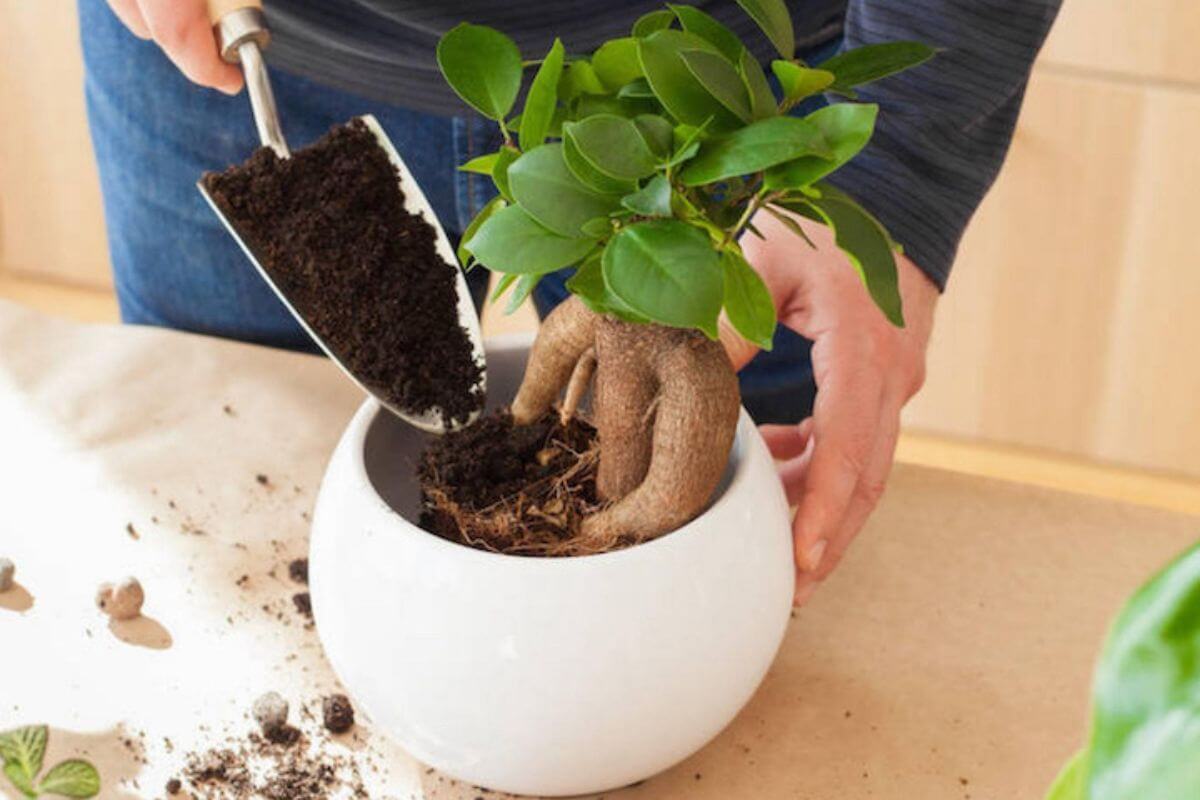Ever wondered about the time and care it takes to cultivate a bonsai tree? You’re not alone. The journey of growing a bonsai tree, a symbol of patience and dedication, raises the question: how long does it take for a bonsai tree to grow? This process is a blend of art and horticulture, rewarding those who go on it with a living piece of nature that reflects their effort and love.
In this guide, I’ll explore the stages of bonsai growth, from the initial seedling to a mature, meticulously shaped tree. You’ll learn about the timelines involved, the factors that influence growth, and tips to nurture your bonsai effectively. Whether you’re starting with a seed or a young plant, understanding these stages is crucial to your bonsai’s health and beauty.
Ready to dive into the world of bonsai? Let’s discover together how patience, skill, and the right techniques can bring a tiny tree to life in your home.
- Related article: Growing a Bonsai Tree
5 Key Takeaways on How Long Does It Take for a Bonsai Tree to Grow
- Bonsai trees take years to mature. From seedling to training and maintenance, the process can span decades, with continuous care required throughout.
- The key stages include the seedling stage, a 5-10-year training period, and ongoing development and maintenance phases.
- With proper care, bonsai trees can live for hundreds of years, becoming cherished heirlooms.
- To encourage faster growth, choose young, fast-growing species, prune regularly, thicken trunks, provide balanced nutrients, and use suitable soil.
- Age can be estimated by examining trunk diameter, bark texture, and branch structure, though counting growth rings is typically avoided.
How Long Does It Take to Grow a Bonsai Tree From Scratch?
Growing a bonsai tree from a seed or a young plant takes time and effort, but it’s a journey worth taking for those who love gardening. Let’s break down the key stages and timelines of bonsai tree growth:
- Seedling Stage – When you plant a bonsai seed, it can take from a few weeks to several months to sprout. Keep in mind, not all seeds will grow, so it’s smart to plant several.
- Training Stage – This stage lasts about 5 to 10 years. During this time, you’ll learn how to shape and prune the tree to create the classic bonsai look.
- Development Stage – Over the next several years, you’ll continue to refine the tree’s shape and branches. Regular pruning and wiring are important to keep the bonsai form.
- Maintenance Stage – Once your bonsai reaches the size and shape you want, it enters maintenance. This means ongoing care like watering, feeding, and repotting. With the right care, bonsai trees can live for hundreds of years.
To help your bonsai grow faster, consider these tips:
- Start with a young tree that’s suited to your local climate.
- Use a soil mix made for bonsai to help the roots.
- Learn how to repot and trim roots to boost growth.
- Feed the tree the right nutrients.
Remember, growing a bonsai is a lifelong hobby, not something you rush. If you choose a fast-growing type like juniper or maple, you’ll still need to be patient and dedicated to seeing your bonsai thrive.
Factors That Determine Bonsai Tree Age

Estimating the age of your bonsai tree can be a fascinating process. Here are some simple ways to get a better idea of how old your tree might be:
Determine bonsai age through trunk diameter:
You can start by measuring the trunk’s diameter about 1.5 inches above the soil. Use calipers or a measuring tape for this.
To find the circumference, use this formula: Circumference = Diameter × π (where π is about 3.14). If you know the typical growth rate for your tree’s species, multiply the diameter by this rate to get an age estimate. This method works best if you know when the tree was first planted or taken from the wild.
Determine bonsai age through bark structure:
Take a look at the bark. As bonsai trees get older, their bark becomes thicker, rougher, and more textured. Older trees have deeper grooves and cracks, and the bark color often darkens. Keep in mind, though, that this method can be subjective and varies with growing conditions.
Determine bonsai age through branch structure:
Examine the branches. Older bonsai trees have branches with more twists, turns, and unique curves. Over time, branches thicken and take on a gnarled look. In contrast, younger trees have smoother, straighter branches. How the branches are shaped can give clues about the tree’s age.
Determine bonsai age by counting the growth rings:
While counting growth rings is the most accurate way to tell a tree’s age, it’s not recommended for bonsai. This method involves cutting into the trunk, which can harm the tree. It can be done on pruned branches, but this might not give a complete picture of the tree’s age. Plus, older trees might have rings that are hard to see or irregular growth patterns, making counting tough.
Remember, when we talk about the “bonsai age” of a tree, we often refer to how long it’s been trained as a bonsai. This can be different from its natural age, especially if it’s been collected from the wild or grown from a cutting.
How Long Do Bonsai Trees Live?
Bonsai trees are known for their long lives, often thriving for hundreds of years when well cared for. Let’s dive into their lifespan:
- General Lifespan – Depending on the species and how you care for them, bonsai trees can live from a few decades to more than a thousand years. For instance, Ficus bonsais can easily surpass 100 years, while Junipers usually live about 50 to 70 years.
- Oldest Known Bonsai – The oldest bonsai tree, a Ficus retusa, is believed to be over 1,000 years old and is located in the Crespi Bonsai Museum in Italy.
Caring for a bonsai well can lead to a long, healthy life, making them a lasting addition to your home or garden.
How to Make Your Bonsai Grow Faster
Growing a bonsai tree into a stunning plant takes years, but there are ways to encourage faster growth. Here are some top tips to help your bonsai tree grow more quickly.
1. Choose Young Trees
Bonsai trees are just regular trees that are pruned and trained to stay small. You can bonsai almost any tree. Popular choices for bonsai include Japanese maple, juniper, pine, and Chinese elm.
When picking a bonsai sapling, think about its size and shape. Smaller trees work better because they save you time. Look for a trunk that narrows as it goes up and branches that are short and wide.
These trees usually grow in containers. It’s easier than planting them directly in the ground. The roots aren’t as developed, but the tree still needs time before you can move it to your garden. Wait until it’s about three feet tall before transplanting.
Growing a bonsai takes patience. Start with a sapling. Then prune and wire it so it grows strong and healthy.
2. Choose Fast-Growing Bonsai Trees

Bonsais usually grow slowly. If you want your bonsai to grow faster, pick a fast-growing plant. These trees are easier to shape.
There are many tree types. Choose based on your growth plan and design goals. Think about indoor or outdoor growth. Some trees bloom flowers. Others keep leaves all year. They come in different colors and shapes.
Consider fast-growing trees like maple, white pine, jade, Japanese black pine, or Chinese juniper.
Trees come in many shapes and sizes, so know what kind of tree you want before buying. Faster-growing bonsai trees will usually need extra care and attention.
2. Prune Bonsai Regularly

Bonsai trees need regular pruning to stay healthy. Trimming their roots helps them grow better. Keeping bonsai with small, thin roots supports a healthy life. It’s also important to use high-quality bonsai scissors during this process.
A shallow container limits root growth, so roots might crowd into one spot instead of spreading. Also, shallow pots store less water and nutrients.
Bonsai roots take up water and nutrients, so in a small pot, plant health can decline fast due to limited soil resources. Pruning prevents root saturation. If your plant stops growing, it might be at risk.
Remove and prune roots when growth slows. Prune bonsai every year. Start by taking the root ball out of its pot.
Gently remove extra soil with your hands or a soft tool. Then trim the roots to keep them thin since thinner roots absorb water and nutrients more efficiently.
After you trim the roots of a bonsai tree, make sure to water it well. This helps the roots settle into their new home without stress.
Bonsai trees need to soak up lots of water. Trimming the roots allows this. You should trim them all around so they fit nicely in the pot instead of bending.
3. Help You Bonsais Develop Thicker Trunks

Thickening the trunk of a bonsai tree is key if you want it to grow faster. It might take a while, even up to five years or more, but it’s worth the wait.
A thick trunk makes your bonsai bigger and stronger. It helps the tree stand firm against wind and weather. With a thicker trunk, the tree becomes more stable.
The trunk is like a highway for nutrients and water. A thicker trunk means less stress on the roots and a longer, healthier life for your bonsai.
There are a couple of ways to thicken a bonsai trunk. You can try the following to speed things up:
- Trunk Splitting – Trunk splitting means cutting the trunk in half lengthwise. You’ll need wires to keep the halves apart while they heal and grow. It takes time and patience. You need some skill to split a bonsai properly.
- Trunk Merging – Trunk merging is a bit different. It involves joining two or more sapling trunks into one. This is often done by grafting the ends of different trunks together. The tree quickly grows into one.
Both methods take years to complete. But in the end, they help your bonsai grow faster.
4. Maintain a Balanced Diet for Your Bonsais
Bonsai trees need nutrients to stay healthy and grow. To keep them in top shape, you must use fertilizer regularly. This helps them maintain their small size and prevents weak branches.
Fertilizer contains three key ingredients: nitrogen, phosphorus, and potassium. Nitrogen supports new branches and leaves. Potassium aids in flower and fruit growth. Phosphorus strengthens roots. A good bonsai fertilizer will have a balanced NPK value to meet these needs.
During the growing season, feed your bonsai once a week. In fall and winter, when the tree is dormant, reduce feeding to once a month until spring arrives.
If you live in a colder climate, watch your bonsai’s growth. Some species are sensitive and may not grow as fast.
Choose the right fertilizer for your bonsai to ensure its health. Regular feeding is essential for keeping your bonsai healthy and growing well.
5. Provide Bonsai With Suitable Soil
Bonsai trees are unique. They need specific soil care since they live in shallow pots. Without the right soil, your bonsai may not thrive.
These trees require special pots and soil. Regular potting soil won’t work. You need soil that supports the roots and keeps moisture without getting soggy.
Bonsai Growth Timeline Final Thoughts
Growing a bonsai tree is a journey that lasts a lifetime. It needs patience, dedication, and a lot of care. You start with a tiny seed or a young tree, and over the years, you shape it into a beautiful piece of art. This art piece shows off nature’s beauty and your style.
Bonsai isn’t about rushing. It’s about watching your tree grow slowly and taking care of it. You choose the right kind of tree, give it the care it needs, and stick with it. In return, you get a bonsai tree that stays healthy and beautiful for many years.
Bonsai Growth Timeline FAQs
1. How Fast Bonsai Grow?
Growing a bonsai tree takes patience. It usually takes at least 5 years to get a bonsai to a miniature size. Then it needs another 10 to 15 years to become mature.
2. How Can I Make My Bonsai Grow Faster?
If you want your bonsai to grow faster, pick a tree species that naturally grows quickly. Try choosing from Chinese junipers, Japanese black pines, boxwood shrubs, jade plants, snowdrop trees, or maple trees. These trees can develop their roots, trunk, and branches at a quicker pace.
3. Is Growing a Bonsai Tree Hard?
Caring for a Bonsai tree might seem tricky but it’s not too hard once you know the basics. Since Bonsai trees grow in small pots, they don’t have much room for water and nutrients. So, you need to water and fertilize them often.
For more on bonsai trees, check out these articles:












